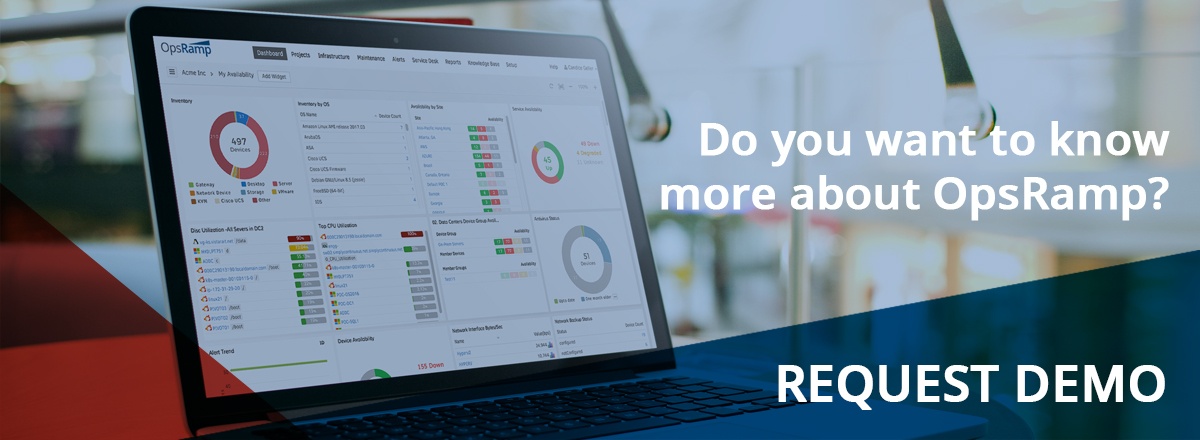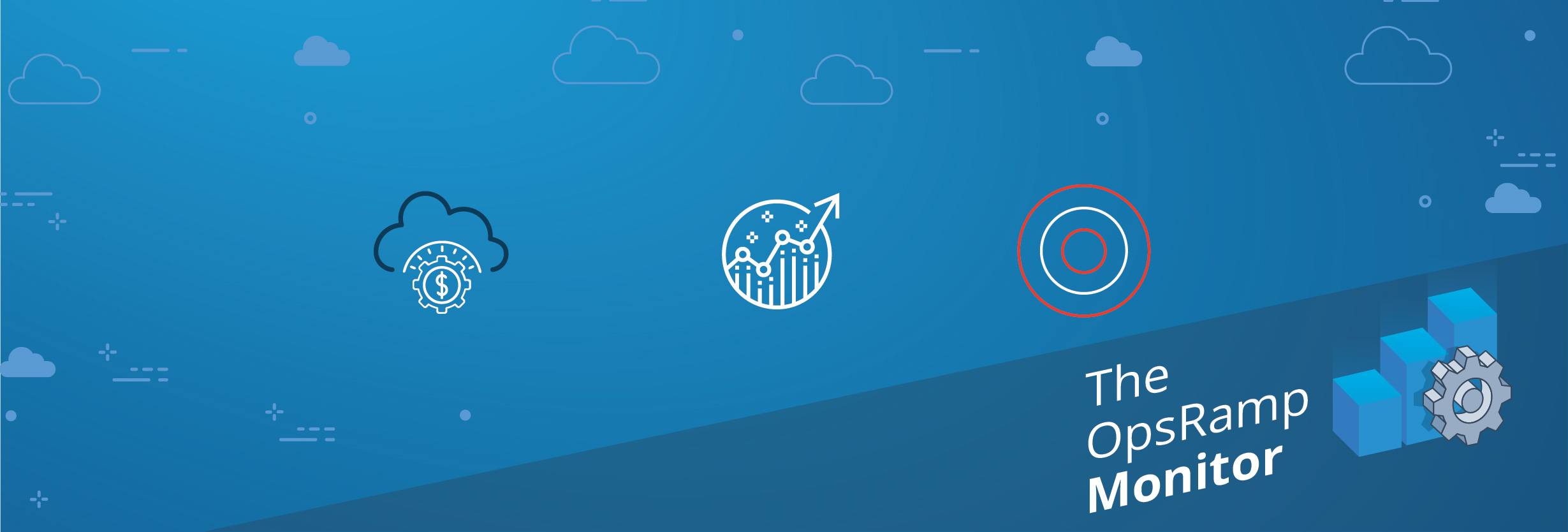"The test of a first-rate intelligence is the ability to hold two opposed ideas in mind at the same time and still retain the ability to function.”
- F. Scott Fitzgerald
 In an Enterprise Land far away, application development occurred in large scale two-tier architectures. Monolithic application architectures were the dominant model for creating Systems of Record.
In an Enterprise Land far away, application development occurred in large scale two-tier architectures. Monolithic application architectures were the dominant model for creating Systems of Record.
A system of record is an authoritative data source for a specific business function. Think Enterprise Resource Planning (ERP) or Supply Chain Management (SCM) systems which serve as a single source of truth for complex enterprise data.
Waterfall techniques enabled disciplined development of systems of record. A typical application required multi-year release cycles with careful orchestration of each individual component and detailed change management processes.
During this time, ITIL created best practices for aligning IT services with business needs.The 2007 ITIL version has five core volumes, Service Strategy, Service Design, Service Transition, Service Operation, and Continual Service Improvement, all aimed at improving the efficiency and effectiveness of IT services.
ITIL is a great fit for a world of monolithic application architectures. A world where applications reside in company owned or leased datacenters. ITIL helps you deliver reliable IT services in a predictable world.
 We return to the present where Unicorns are disrupting the established order. Uber, Spotify, Stripe, and Jawbone have overthrown incumbents across diverse industries. The secret recipe for the unlikely success of Unicorns: DevOps.
We return to the present where Unicorns are disrupting the established order. Uber, Spotify, Stripe, and Jawbone have overthrown incumbents across diverse industries. The secret recipe for the unlikely success of Unicorns: DevOps.
Devops and agile practices have helped create Systems of Engagement. Using social, mobile, cloud, and analytics, systems of engagement deliver compelling customer experiences.
Unicorns have increased release velocity by decomposing systems of engagement into microservices. Organizations can release applications multiple times a day using microservices. Microservices help you test application performance and user experience before global rollouts.
 IT management for DevOps is completely different from ITIL change and configuration management processes. A classic ITIL process is the Change Control Board (CCB) meeting. A typical CCB will have IT Ops teams discussing app releases without any developers involved.
IT management for DevOps is completely different from ITIL change and configuration management processes. A classic ITIL process is the Change Control Board (CCB) meeting. A typical CCB will have IT Ops teams discussing app releases without any developers involved.
DevOps teams will not schedule CCBs for discussing the impact of a new release. Collaborative relationships between Dev and Ops enables app releases in a frictionless manner. Infrastructure as Code uses scripts to provision and deploy rollouts (and rollbacks).
 Today enterprises use ITIL for systems of record and DevOps for systems of engagement. The reality is that ITIL disciplines still apply across bimodal IT environments:
Today enterprises use ITIL for systems of record and DevOps for systems of engagement. The reality is that ITIL disciplines still apply across bimodal IT environments:
- Service Strategy. Service portfolio management enables you to create business relevant IT services. Service strategy delivers value across the lifecycle of all your services.
- Service Design. A service catalog creates an accurate record of all available operational services. Service catalogs optimize existing services, retire obsolete ones, and identify new services.
- Service Transition. Change management and release management processes are essential for release velocity. Even with automation, change management reduces deployment risks and service disruptions.
- Service Operation. Incident and problem management processes help you collaborate across non-traditional workflow process. Ticketing systems are a shared platform for DevOps to be on the same page while managing incidents.
- Continual Service Improvement. Organizations keep assessing the effectiveness of IT services delivered to the business. Continual service improvement enables you to re-align IT services with changing needs.
Here’s Why You Need Them Both
Which framework is most optimal for IT Ops teams? The answer, like most things in life, is “It Depends.” While critics might proclaim ITIL’s irrelevance, ITIL and DevOps combined are a great recipe for a bimodal world. Go ahead and make yourself an ITIL and DevOps cocktail!
We conclude with wisdom from thought leaders on getting the best value from your ITIL and DevOps practices:






